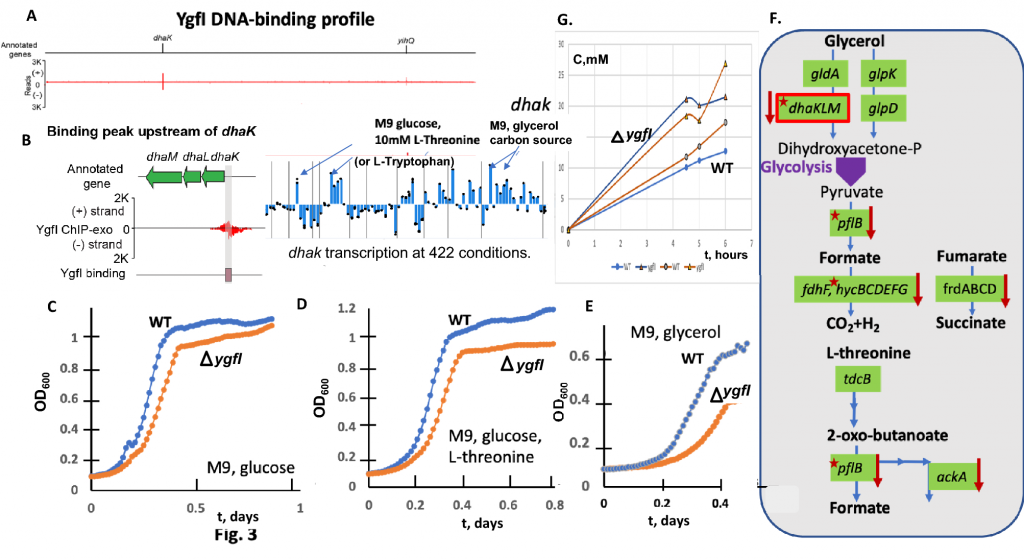Dr. Z. Zhang, MSc. N. Wong and Dr. M. Saier collaborated with the group of Dr. Palsson and just published a paper in the journal Scientific Reports. The title is: A systems approach discovers the role and characteristics of seven LysR type transcription factors in Escherichia coli. For your convenience, this is the link to PubMed.
Abstract
Although Escherichia coli K-12 strains represent perhaps the best known model bacteria, we do not know the identity or functions of all of their transcription factors (TFs). It is now possible to systematically discover the physiological function of TFs in E. coli BW25113 using a set of synergistic methods; including ChIP-exo, growth phenotyping, conserved gene clustering, and transcriptome analysis. Among 47 LysR-type TFs (LTFs) found on the E. coli K-12 genome, many regulate nitrogen source utilization or amino acid metabolism. However, 19 LTFs remain unknown. In this study, we elucidated the regulation of seven of these 19 LTFs: YbdO, YbeF, YcaN, YbhD, YgfI, YiaU, YneJ. We show that: (1) YbdO (tentatively re-named CitR) regulation has an effect on bacterial growth at low pH with citrate supplementation. CitR is a repressor of the ybdNM operon and is implicated in the regulation of citrate lyase genes (citCDEFG); (2) YgfI (tentatively re-named DhfA) activates the dhaKLM operon that encodes the phosphotransferase system, DhfA is involved in formate, glycerol and dihydroxyacetone utilization; (3) YiaU (tentatively re-named LpsR) regulates the yiaT gene encoding an outer membrane protein, and waaPSBOJYZU operon is also important in determining cell density at the stationary phase and resistance to oxacillin microaerobically; (4) YneJ, re-named here as PtrR, directly regulates the expression of the succinate-semialdehyde dehydrogenase, Sad (also known as YneI), and is a predicted regulator of fnrS (a small RNA molecule). PtrR is important for bacterial growth in the presence of L-glutamate and putrescine as nitrogen/energy sources; and (5) YbhD and YcaN regulate adjacent y-genes on the genome. We have thus established the functions for four LTFs and identified the target genes for three LTFs.



